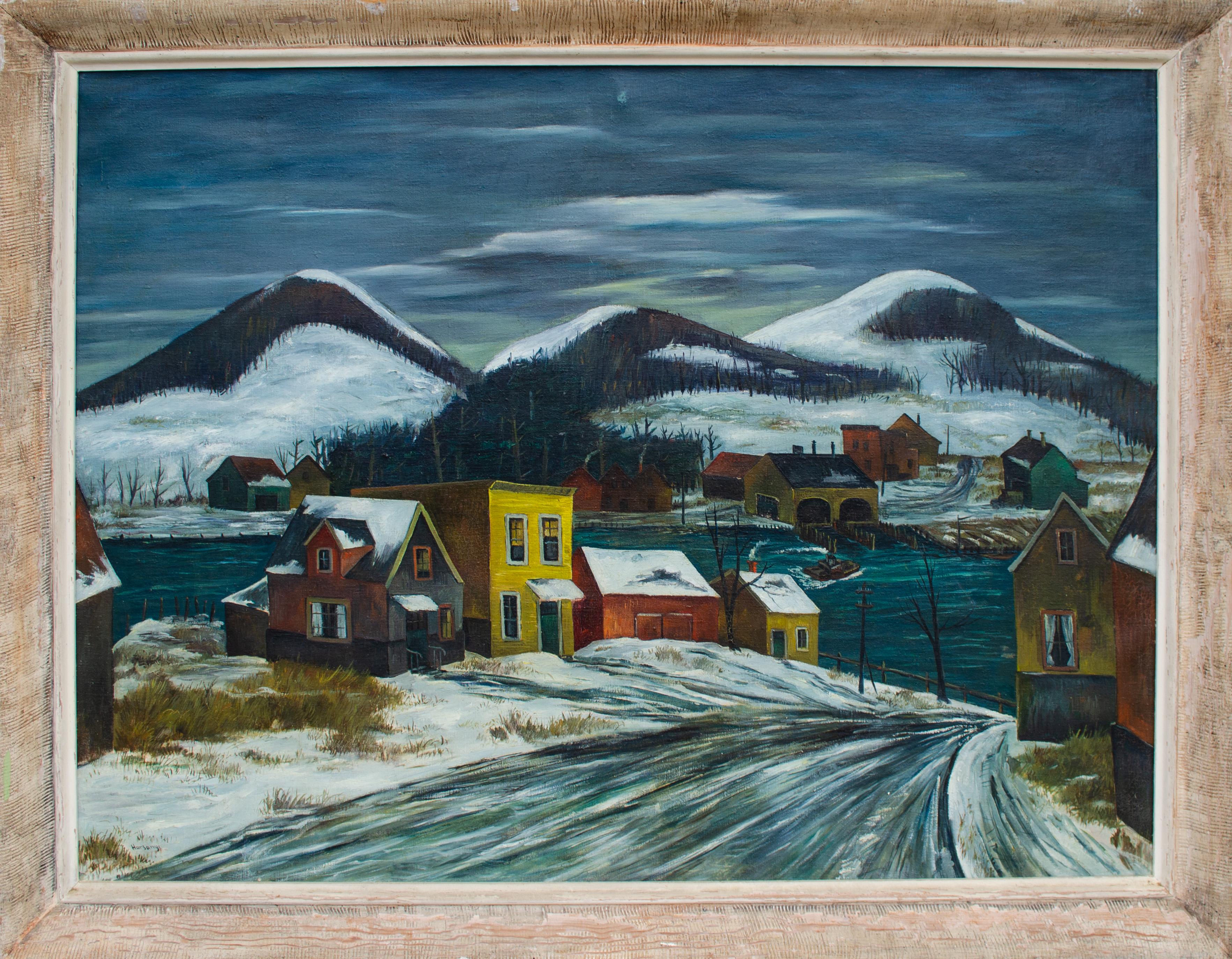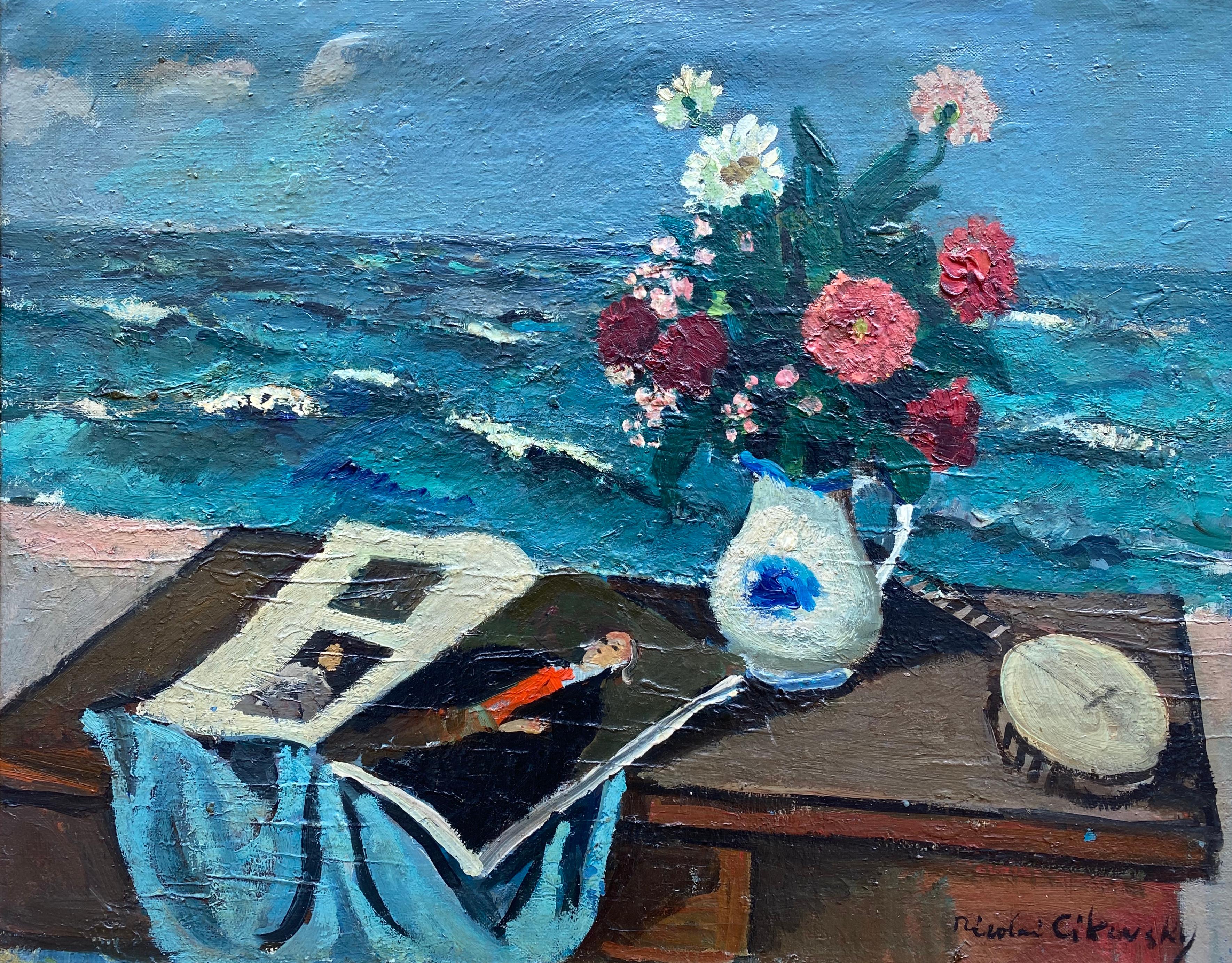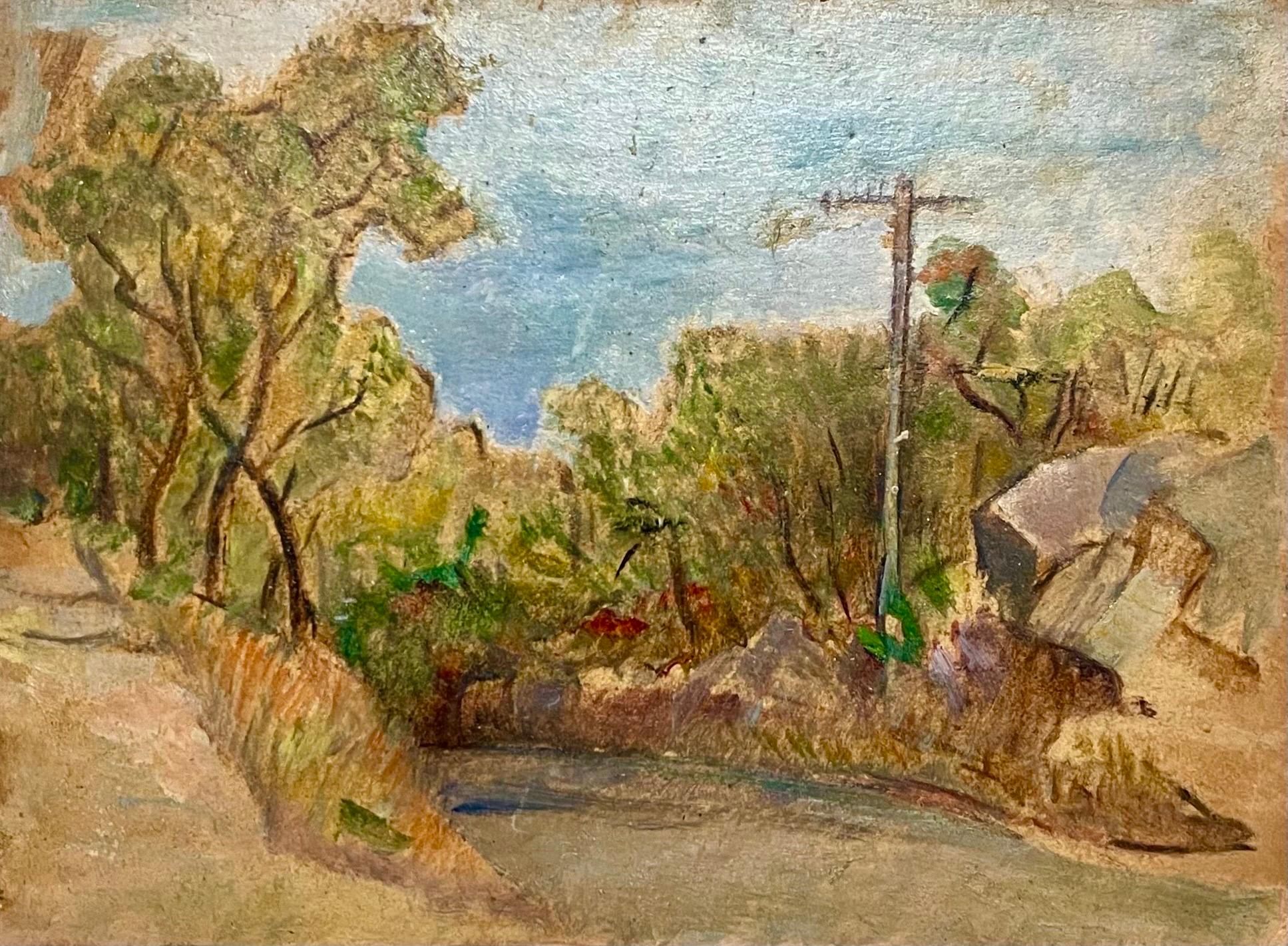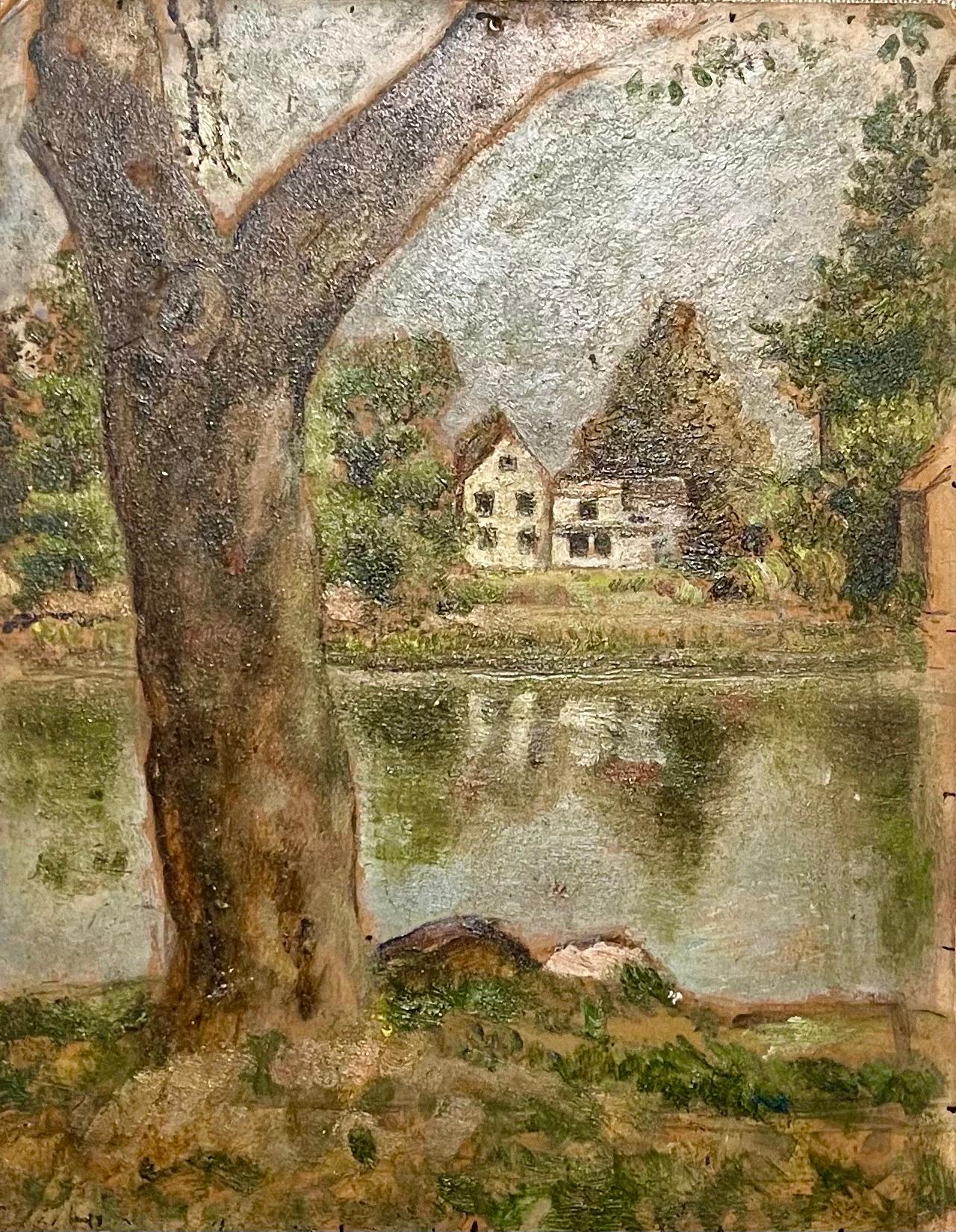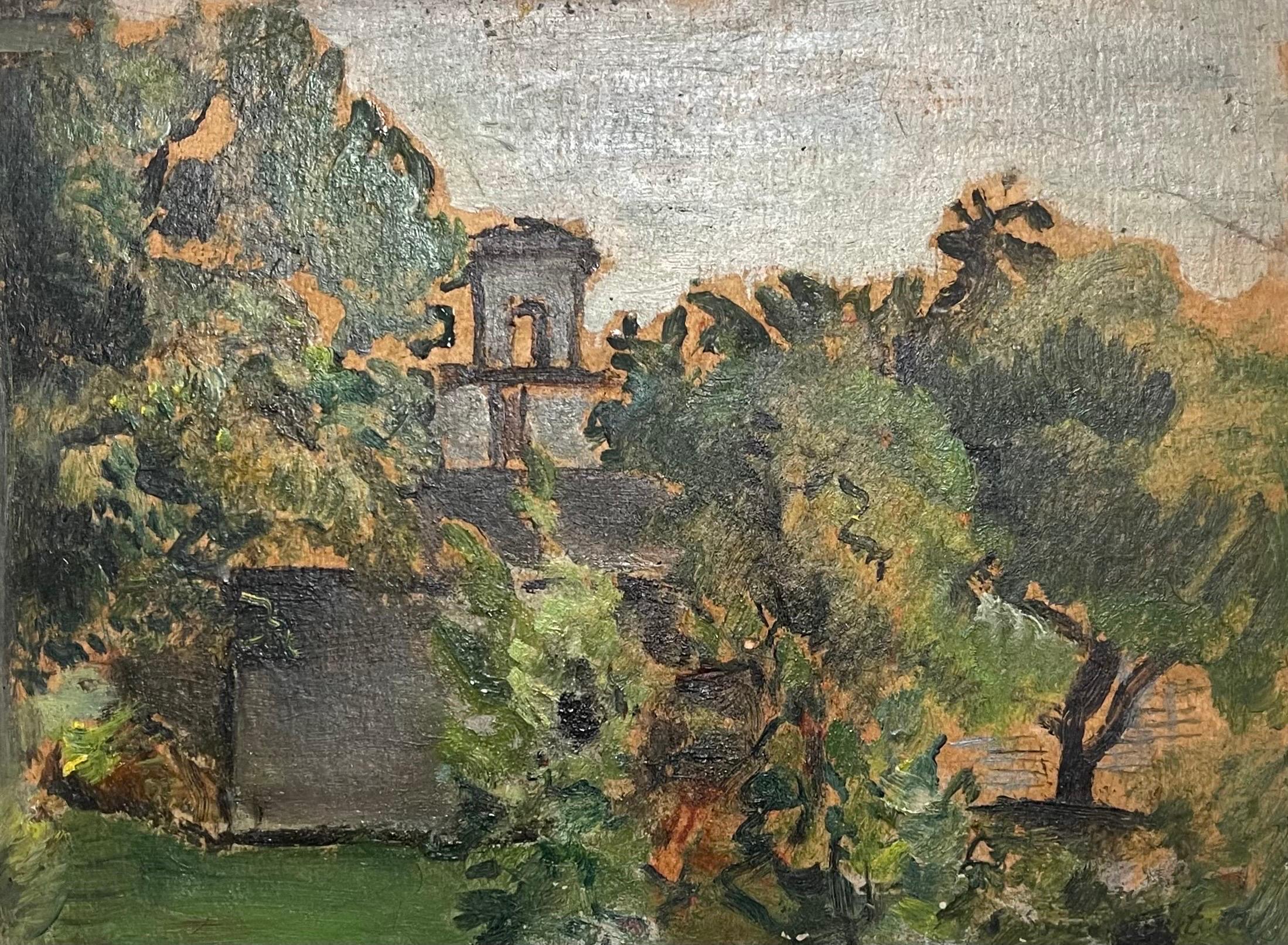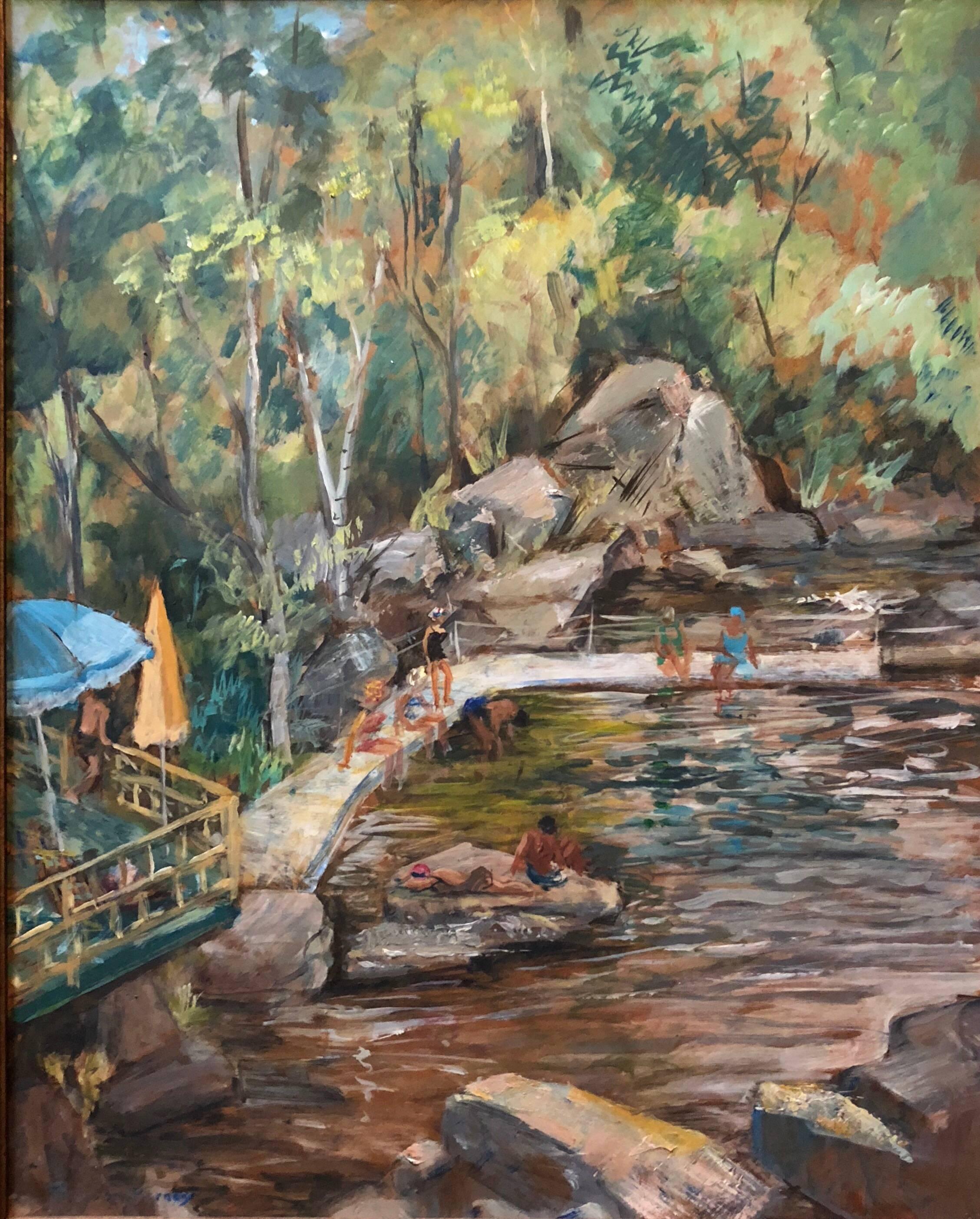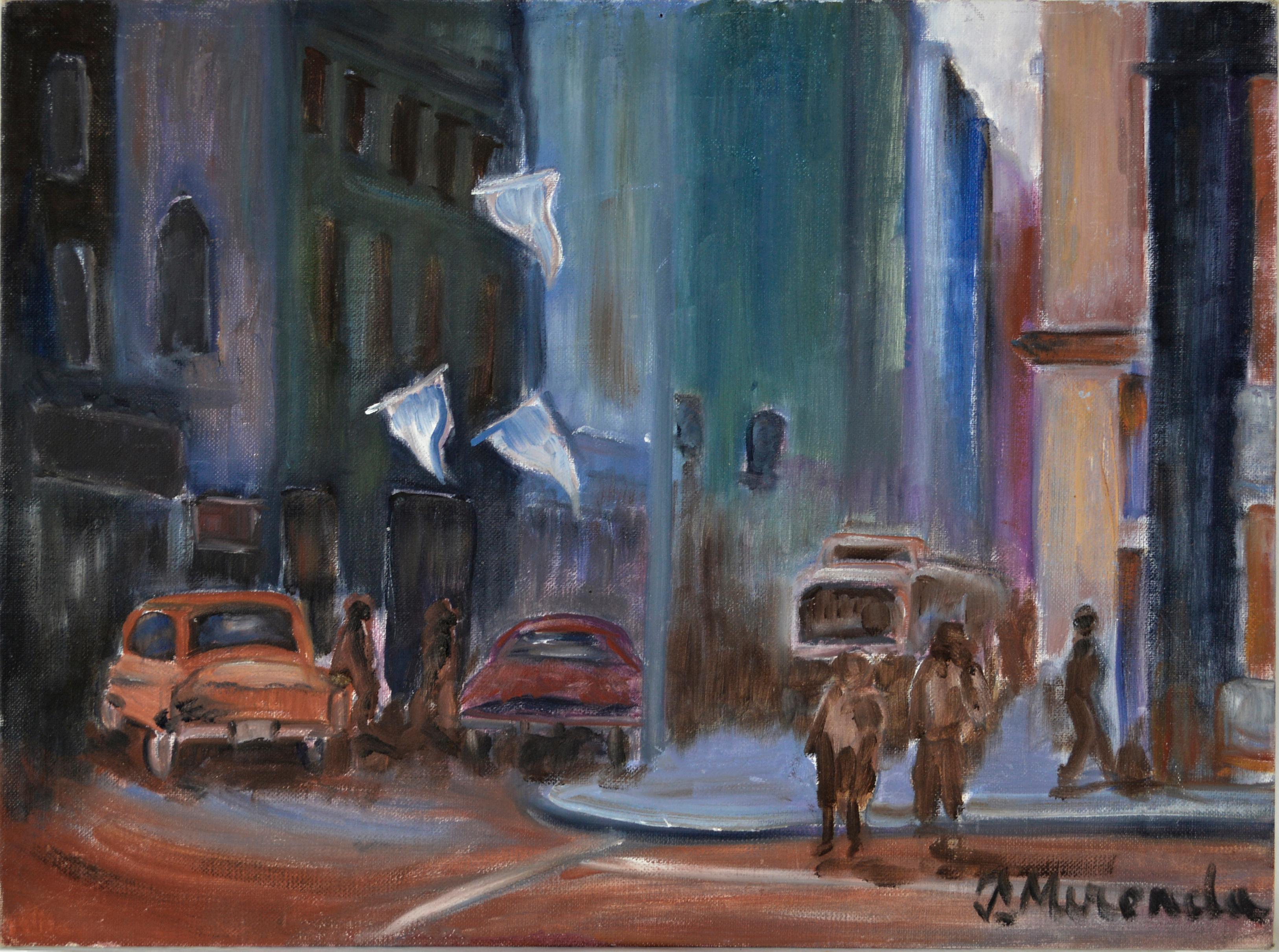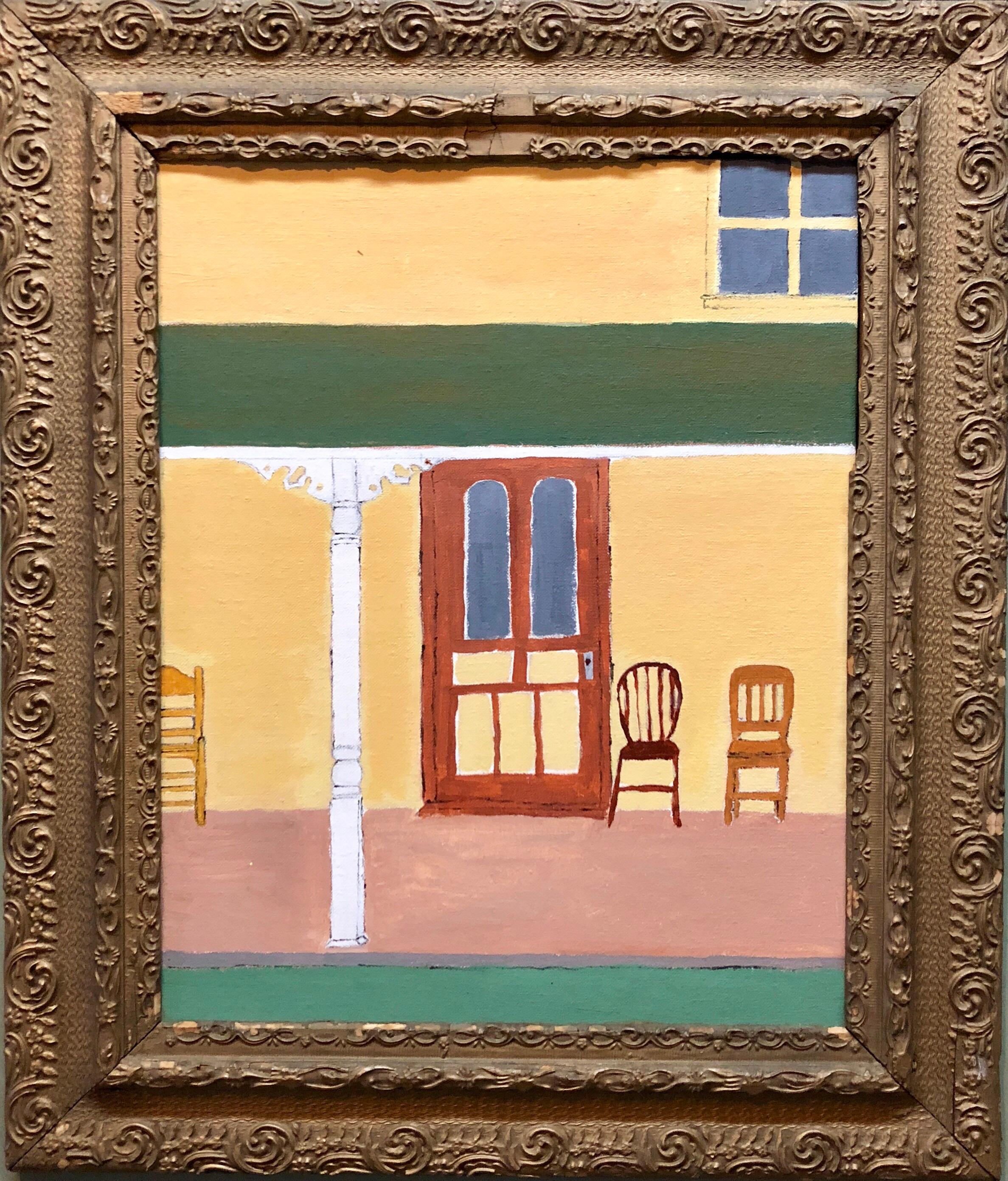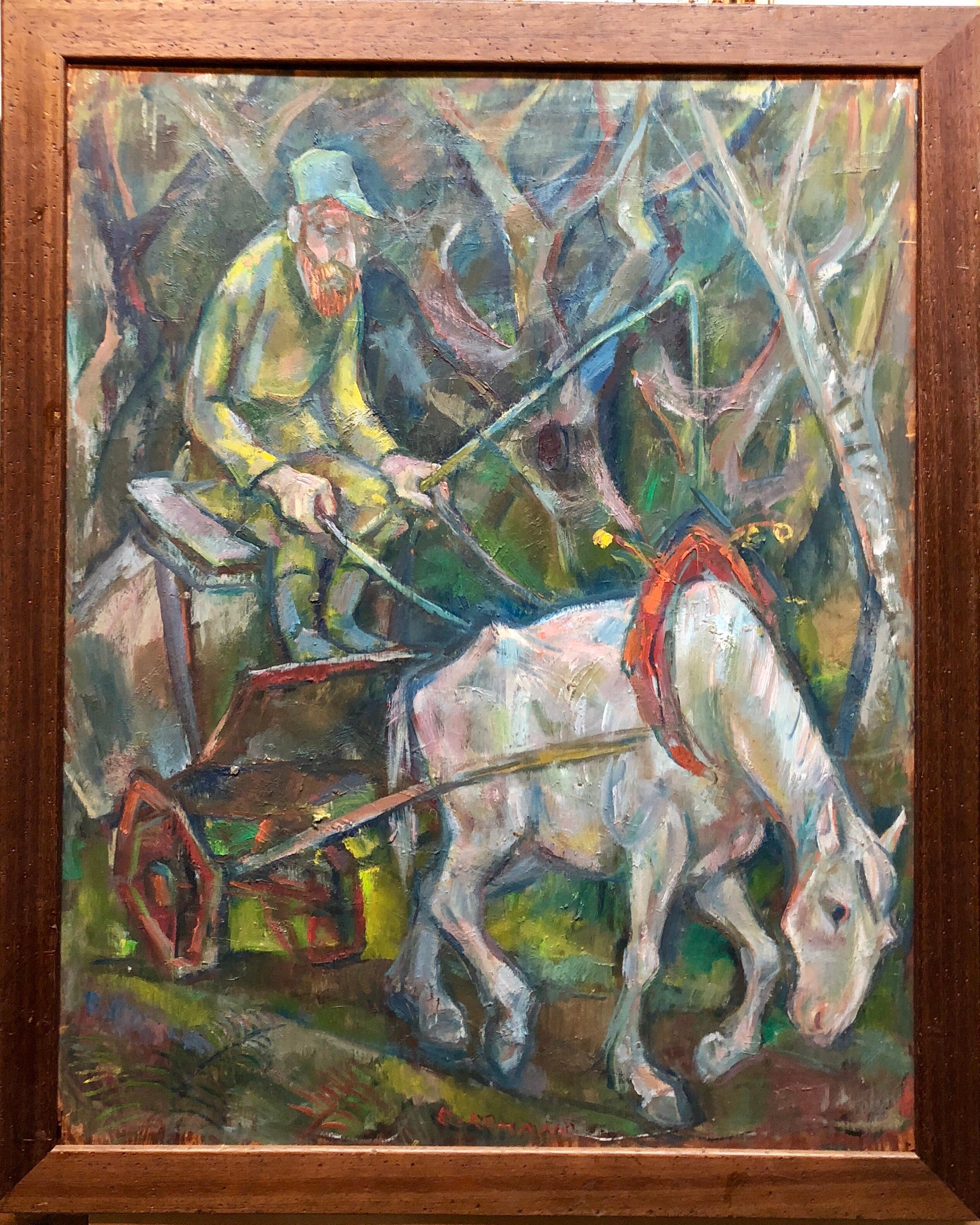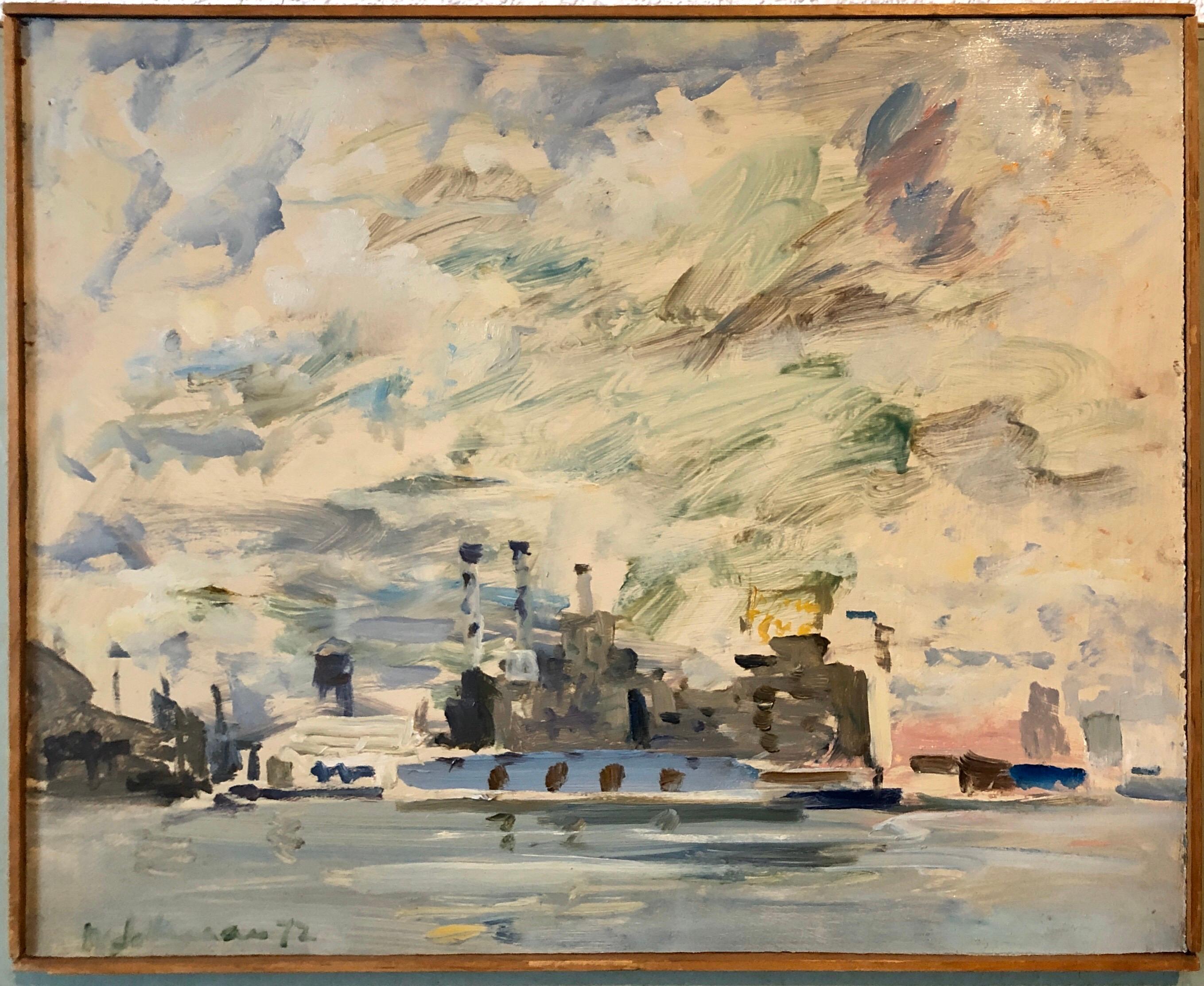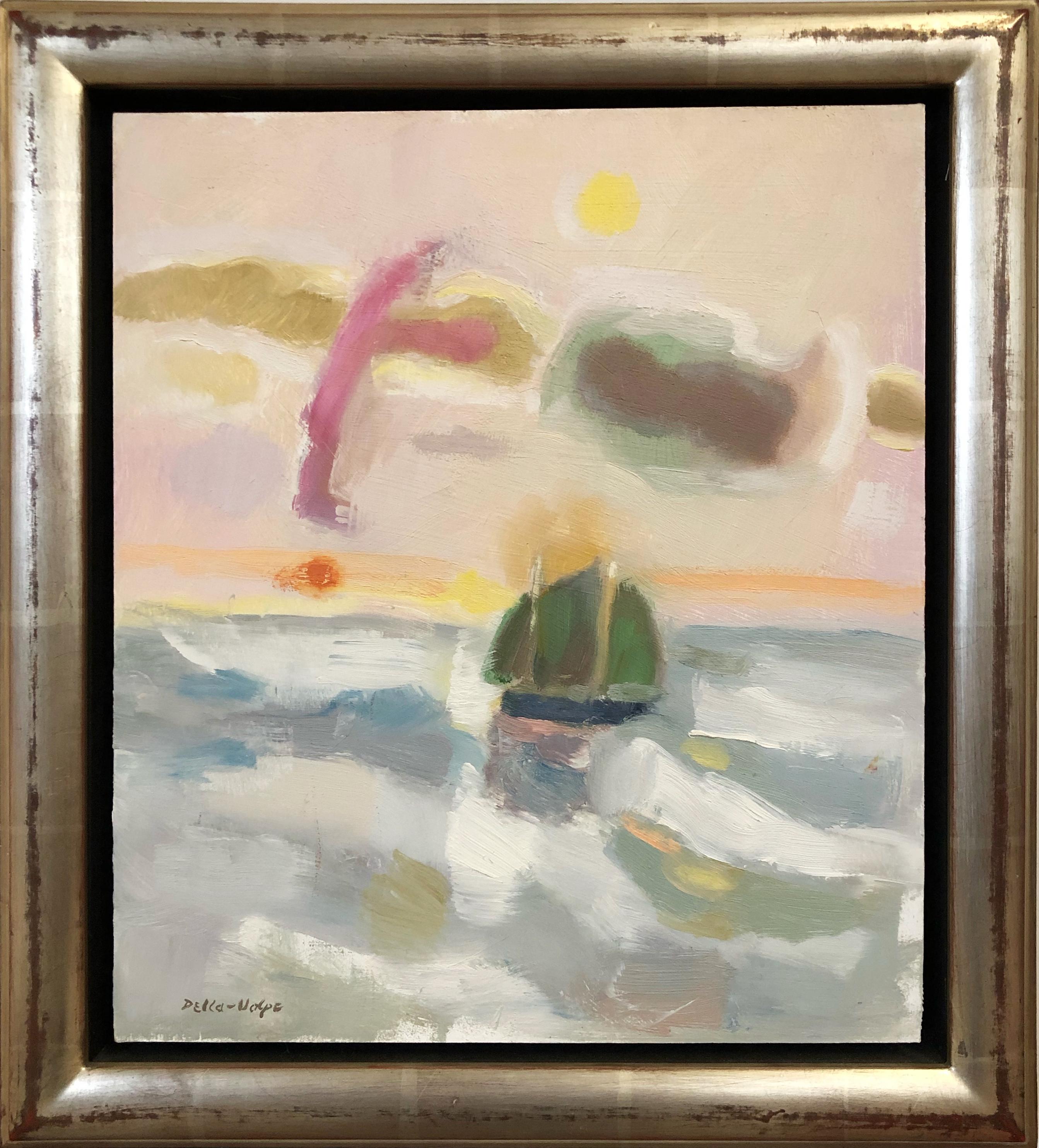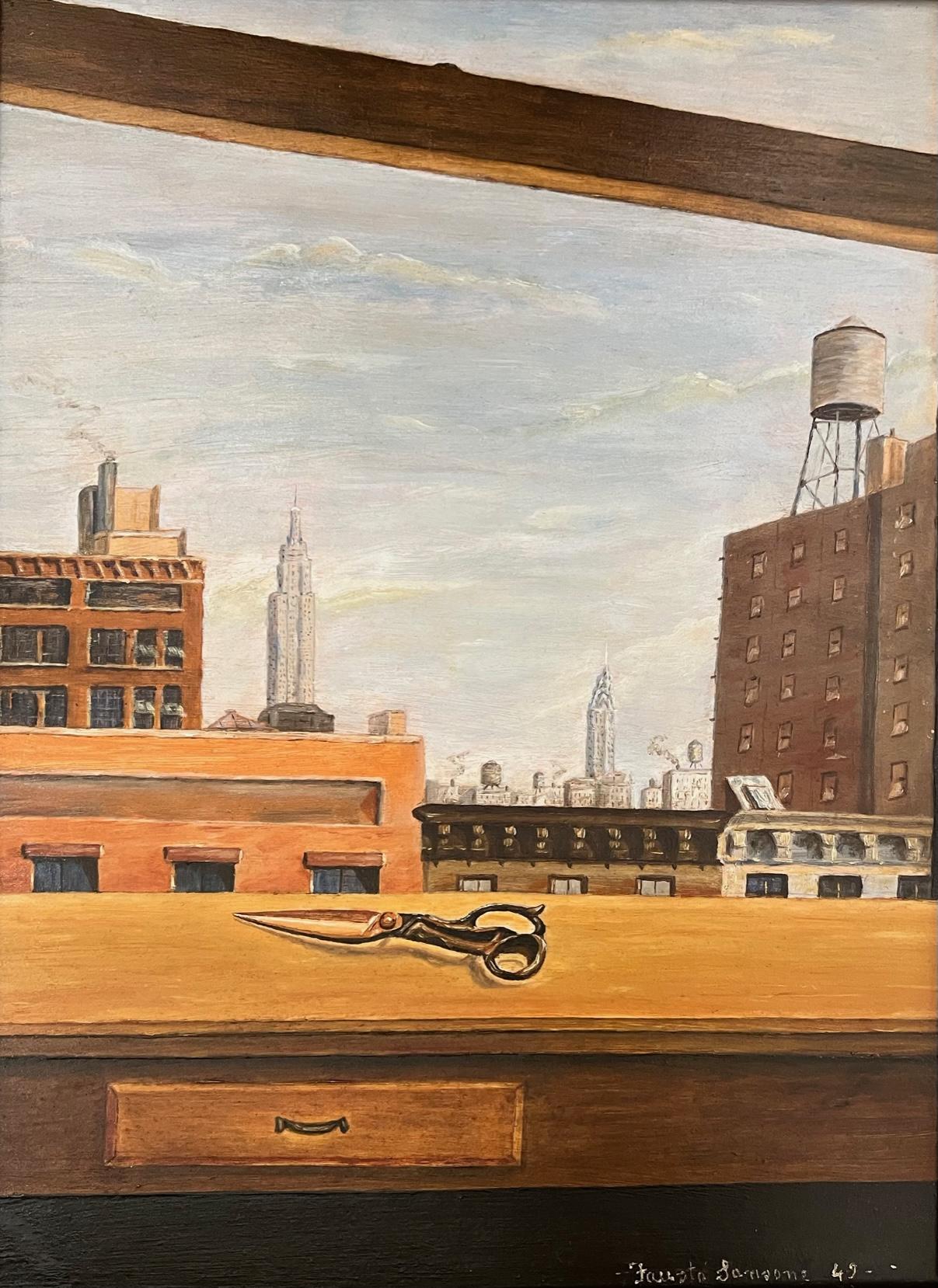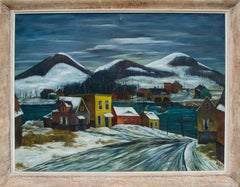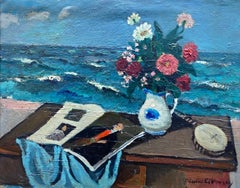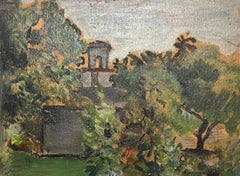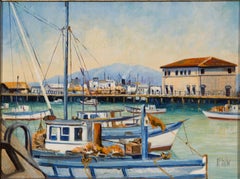
Fisherman's Wharf, San Francisco
1 of 7
Herman E. LauterFisherman's Wharf, San FranciscoCirca 1935
Circa 1935
About the Item
- Creator:Herman E. Lauter (1876 - 1956, American)
- Creation Year:Circa 1935
- Dimensions:Height: 16.25 in (41.28 cm)Width: 20 in (50.8 cm)
- Medium:
- Movement & Style:
- Period:
- Condition:
- Gallery Location:Beverly Hills, CA
- Reference Number:1stDibs: LU43732762173
Authenticity Guarantee
In the unlikely event there’s an issue with an item’s authenticity, contact us within 1 year for a full refund. DetailsMoney-Back Guarantee
If your item is not as described, is damaged in transit, or does not arrive, contact us within 7 days for a full refund. Details24-Hour Cancellation
You have a 24-hour grace period in which to reconsider your purchase, with no questions asked.Vetted Professional Sellers
Our world-class sellers must adhere to strict standards for service and quality, maintaining the integrity of our listings.Price-Match Guarantee
If you find that a seller listed the same item for a lower price elsewhere, we’ll match it.Trusted Global Delivery
Our best-in-class carrier network provides specialized shipping options worldwide, including custom delivery.You May Also Like
Charles Harsanyi Modernist Winter Scene, 1946, titled "The Ferry No 2"
Located in New York, NY
Charles Harsanyi (American, 1905-1973)
The Ferry No 2, 1946
Oil on board
40 x 52 in.
Framed: 46 x 58 in.
Signed and inscribed verso
Exhibited:
Grand Central Art Galleries, 1946
Charles E. Harsanyi was born in Tapolcza, Hungary in 1905. He studied at the Royal Academy in Budapest, Hungary with A. Bankhard from 1923 to 1928. Nineteen years later, in 1947, Harsanyi moved to the U. S., settling in Jackson Heights, New York.
The painter and drawing specialist became a member of numerous prestigious art clubs including the Salmagundi Club, The Society of Independent Artists and the Allied Artists of America. Harsanyi served as an awards director and chairman of admissions for the Audubon Artists Association during the 1950s.
Later in life after living in Stephentown, New York and Cape Coral...
Category
1940s American Modern Landscape Paintings
Materials
Oil, Board
“Bouquet by the Sea”
By Nicolai Cikovsky
Located in Southampton, NY
Oil on artist board original painting by the well known American artist, Nicolai Cikovsky. Thick vibrant colors with a vase of flowers, a banjo and a notebook with photographs with a rough sea as the background. Circa 1940. Condition is very good.
Overall framed in a circa 1960 frame, 23 by 27.25 inches.
Landscape and figure painter Nicolai S. Cikovsky, 1894-1984, was born in Russia, where he studied at the Vilna Art School, 1910-1914; the Penza Royal Art School, 1914-1918; and Moscow High Tech Art...
Category
1940s American Modern Landscape Paintings
Materials
Canvas, Oil, Board
$4,800 Sale Price
20% Off
Simka Simkhovitch WPA Artist Oil Painting American Modernist Landscape w Tower
By Simka Simkhovitch
Located in Surfside, FL
Simka Simkhovitch (Russian/American 1893 - 1949)
This came with a small grouping from the artist's family, some were hand signed some were not.
Thes...
Category
1930s American Modern Landscape Paintings
Materials
Oil, Board
Simka Simkhovitch WPA Artist Oil Painting Gouache American Modernist Powerline
By Simka Simkhovitch
Located in Surfside, FL
Simka Simkhovitch (Russian/American 1893 - 1949)
This came with a small grouping from the artist's family, some were hand signed some were not.
These were studies for larger paintings.
Simka Simkhovitch (Симха Файбусович Симхович) (aka Simka Faibusovich Simkhovich) (Novozybkov, Russia May 21, 1885 O.S./June 2, 1885 N.S.—Greenwich, Connecticut February 25, 1949) was a Ukrainian-Russian Jewish artist and immigrant to the United States. He painted theater scenery in his early career and then had several showings in galleries in New York City. Winning Works Progress Administration (WPA) commissions in the 1930s, he completed murals for the post offices in Jackson, Mississippi and Beaufort, North Carolina. His works are in the permanent collections of the Dallas Museum of Art, the National Museum of American Art and the Whitney Museum of American Art. Born outside Kyiv (Petrograd Ukraine) into a Jewish family who owned a small department store. During a severe case of measles when he was seven, Simcha Simchovitch sketched the views outside his window and decided to become an artist, over his father's objections. Beginning in 1905, he studied at the Grekov Odessa Art School and upon completion of his studies in 1911 received a recommendation to be admitted to the Imperial Academy of Arts. Though he enrolled to begin classes in architecture, painting, and sculpture at the Imperial Academy, he was dropped from the school roster in December because of the quota on the number of Jewish students and drafted into the army. Simchovitch served as a private in the 175th Infantry Regiment Baturyn [ru] until his demobilization in 1912. Re-enrolling in the Imperial Academy, he audited classes.
Simka Simkhovitch exhibited paintings and sculptures in 1918 as part of an exhibition of Jewish artists and in 1919 placed 1st in the competition "The Great Russian Revolution" with a painting called "Russian Revolution" which was hung in the State Museum of Revolution. In 1922, Simkha Simkhovitch exhibited at the International Book Fair in Florence (Italian: Fiera Internazionale del Libro di Firenze). In 1924, Simkhovitch came to the United States to make illustrations for Soviet textbooks and decided to immigrate instead. Initially he supported himself by doing commercial art and a few portrait commissions. In 1927, he was hired to paint a screen for a scene in the play "The Command to Love" by Fritz Gottwald and Rudolph Lothar which was playing at the Longacre Theatre on Broadway. Art dealers began clamoring for the screen and Simkhovitch began a career as a screen painter for the theater. Catching the attention of the screenwriter, Ernest Pascal, he worked as an illustrator for Pascal, who then introduced him to gallery owner, Marie Sterner. Simkhovitch's works appeared at the Marie Sterner Gallery beginning with a 1927 exhibit and were repeated the following year. Simkhovitch had an exhibit in 1929 at Sterner's on circus paintings. In 1931, he held a showing of works at the Helen Hackett Gallery, in New York City and later that same year he was one of the featured artists of a special exhibit in San Francisco at the California Palace of the Legion of Honor in Lincoln Park. The exhibit was coordinated by Marie Sterner and included four watercolors, including one titled "Nudes". He is of the generation of Russian Soviet artists such as Isaac Pailes, Serge Charchoune, Marc Chagall, Chana Orloff, Isaac Ilyich Levitan, and Ossip Zadkine.
In 1936, Simkhovitch was selected to complete the mural for the WPA Post office project in Jackson, Mississippi. The mural was hung in the post office and courthouse in 1938 depicted a plantation theme. Painted on the wall behind the judge’s bench, “Pursuits of Life in Mississippi”, a depiction of black workers engaged in manual labor amid scenes of white professionals and socialites, was eventually covered over in later years during renovations due to its stereotypical African American imagery. Simka painted what he thought was typical of Jackson. His impression of pre-civil rights Mississippi was evidently Greek Revival column houses, weeping willow trees, working class families, and the oppression of African Americans. He painted African American men picking cotton, while a white man took account of the harvest and a white judge advised a white family, calling it Pursuits of Life in Mississippi.
Though clearly endorsed by the government and initially generally well-received, the mural soon raised concerns with locals as the climate toward racial segregation began to change. The main concern was whether depictions that show African Americans in subjugated societal roles should be featured in a courtroom. The following year, his painting "Holiday" won praise at an exhibition in Lincoln, Nebraska. In 1940, Simkhovitch's second WPA post office project was completed when four murals, "The Cape Lookout Lighthouse and the Orville W. Mail Boat", "The Wreck of the Crissie Wright", "Sand Ponies" and "Canada Geese" were installed in Beaufort, North Carolina. The works were commissioned in 1938 and did not generate the controversy that the Jackson mural had. The main mural is "The Wreck of the Crissie Wright" and depicts a shipwreck which had occurred in Beaufort in 1866. "The Cape Lookout Lighthouse and the Orville W. Mail Boat" depicted the lighthouse built in 1859 and the mail boat that was running mail during the time which Simkhovitch was there. The boat ran mail for the area until 1957. "Sand Ponies" shows the wild horses common to the North Carolina barrier islands and "Canada Geese" showed the importance of hunting and fishing in the area. All four murals were restored in the 1990s by Elisabeth Speight, daughter of two other WPA muralists, Francis Speight...
Category
1930s American Modern Landscape Paintings
Materials
Oil, Board, Gouache
Simka Simkhovitch WPA Artist Oil Painting American Modernist Landscape Pond Tree
By Simka Simkhovitch
Located in Surfside, FL
Simka Simkhovitch (Russian/American 1893 - 1949)
This came with a small grouping from the artist's family, some were hand signed some were not.
Thes...
Category
1930s American Modern Landscape Paintings
Materials
Oil, Board
Bathers at the Quarry 1940s American Modernist Oil Painting WPA era
By Theresa Berney Loew
Located in Surfside, FL
Swimmers and sun tanners at the local watering hole.
Her birth name was Theresa Berney. At the time of her passing she was known as Theresa Loew.
Birth place: Baltimore
artist, blo...
Category
1940s American Modern Landscape Paintings
Materials
Oil, Board
